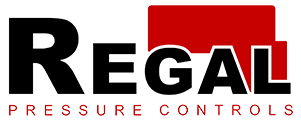Water level sensor is an important device that is widely used in many fields, including but not limited to household appliances, industrial automation, urban water supply, environmental monitoring, aquaculture, etc. Its main functions include:
Monitor water levels. The water level sensor can monitor the height of the water level in real time and convert this data into electrical signals for output and analysis.
Early warning and spill prevention. When the water level reaches a certain height or exceeds the set range, the water level sensor can send out an early warning signal to promptly remind the user or the control system to perform corresponding processing to avoid losses or overflows caused by excessive water levels.
Improve the level of water conservancy management. In water conservancy projects, real-time monitoring of water level sensors can help managers adjust and manage timely and improve the management level of water conservancy projects.
Assist energy saving and emission reduction. In the water supply system, through the rational use of water level sensors, the stability of supply services can be effectively achieved, water supply costs can be reduced, and energy efficiency can be improved.
In addition, the types and principles of water level sensors include float type, ultrasonic type, capacitive type, photoelectric type, etc. Different types of sensors are suitable for different environments and application scenarios.
